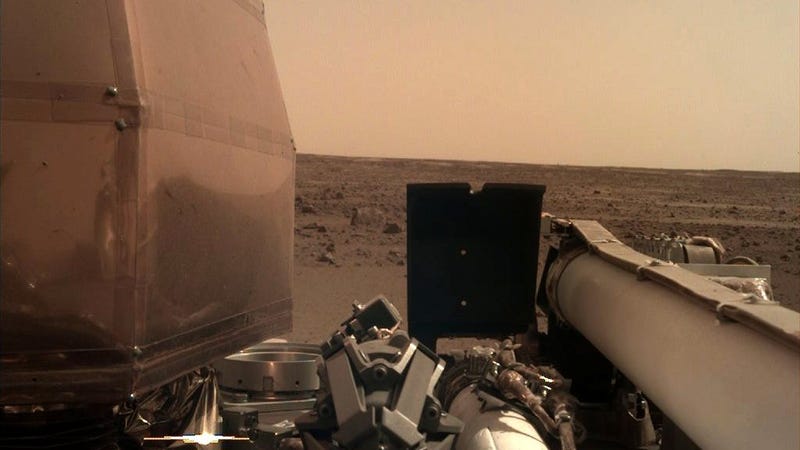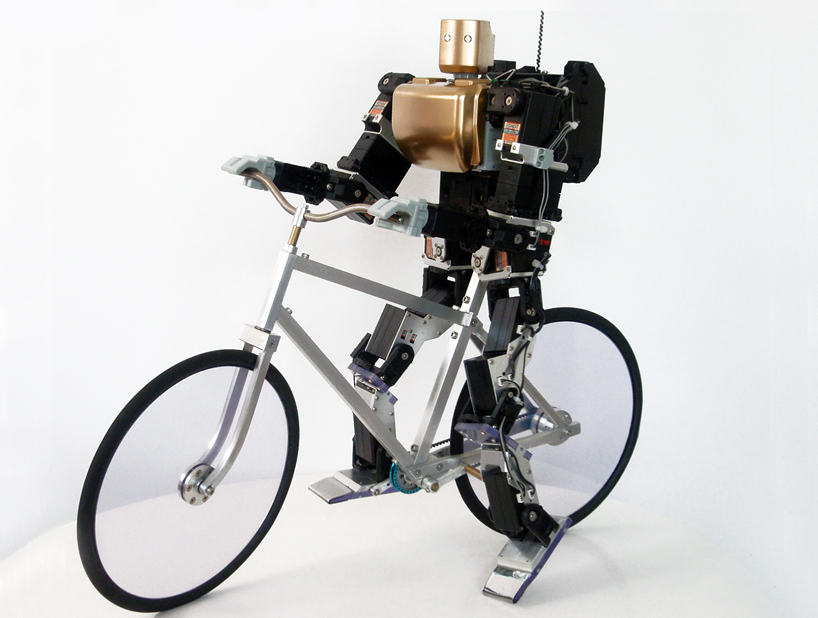NASA has invited nine companies to bid on delivery services to the moon as part of its greater Moon to Mars mission. The new commercial partners, announced Thursday at a Washington, D.C. press conference, will compete for Commercial Lunar Payload Services (CLPS) contracts that the space agency says could total $2.6 billion over the next 10 years. Technical feasibility, price, and schedule will determine which companies are chosen to deliver science and technology payloads to the moon for NASA, with missions potentially flying as early as next year.
The initial payloads only need to weigh at least 22 pounds, Geek Wire reports, but NASA plans to eventually fly shipments as much as several tons for lunar development. The space program has also reportedly floated the idea of selling tourists tickets to space. In announcing the commercial partners, NASA Administrator Jim Bridenstine said the move “marks tangible progress in America’s return to the Moon’s surface to stay.”
Credits:








:format(webp):no_upscale()/cdn.vox-cdn.com/uploads/chorus_asset/file/13380907/2018_SEMA_Chevrolet_eCOPO_Concept_028__1_.jpg)
/cdn.vox-cdn.com/uploads/chorus_image/image/47023446/orion-parachute-test-20140625.0.0.jpg)